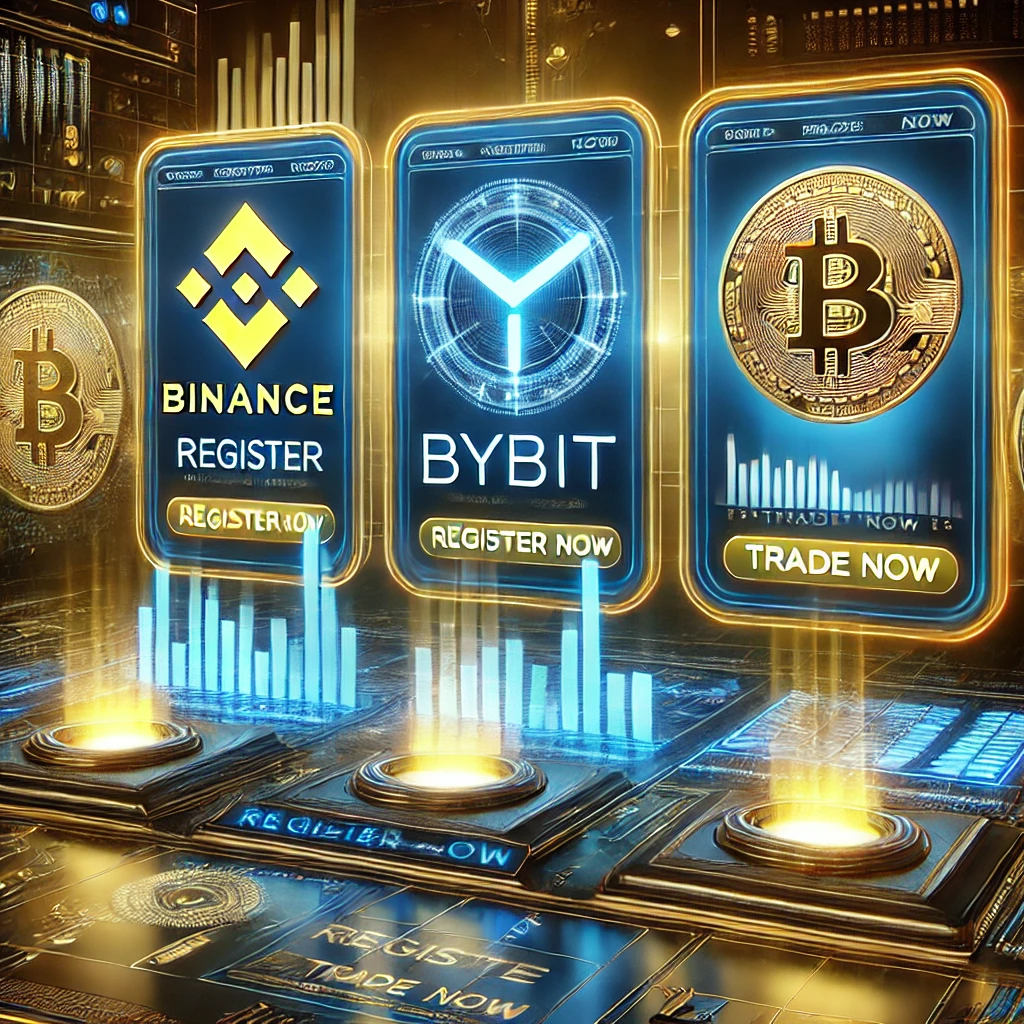Blockchain technology has revolutionized finance and decentralized applications (dApps), with Ethereum leading the space for years. However, Solana has emerged as a strong competitor, offering faster transactions, lower fees, and scalability improvements. In this article, we’ll explore what Solana is, how it works, and how it compares to Ethereum.
🔹 1. What Is Solana?
Solana is a high-performance blockchain platform designed to support decentralized applications (dApps), smart contracts, and NFTs. It was launched in 2020 by Anatoly Yakovenko to solve Ethereum’s limitations, particularly scalability and transaction speed.
✅ Key Features of Solana
✔ High Throughput – Processes up to 65,000 transactions per second (TPS).
✔ Low Transaction Fees – Costs less than $0.01 per transaction.
✔ Energy Efficient – Uses Proof of History (PoH) and Proof of Stake (PoS) for consensus.
✔ Developer-Friendly – Supports Rust and C++, making it appealing for Web3 developers.
🔹 2. How Does Solana Work?
Solana’s key innovation is Proof of History (PoH), which acts as a decentralized clock for timestamping transactions before validation. This makes processing more efficient compared to Ethereum’s Proof of Work (PoW) or Proof of Stake (PoS).
🔹 Key Components of Solana’s Architecture
🔹 Proof of History (PoH): Reduces network congestion by ordering transactions before they enter the blockchain.
🔹 Tower BFT Consensus: Improves efficiency by allowing nodes to validate blocks based on past timestamps.
🔹 Gulf Stream: Eliminates mempool delays, allowing for instant transaction execution.
🔹 Sealevel: Supports parallel transaction processing, making Solana much faster than Ethereum.
🔹 3. Solana vs. Ethereum – Key Differences
| Feature | Solana 🌟 | Ethereum 🔷 |
|---|---|---|
| Consensus | PoH + PoS | PoS (since Ethereum 2.0) |
| TPS | ~65,000 | ~30 (Ethereum 1.0), ~100,000 (future upgrades) |
| Transaction Fees | <$0.01 | $1–$100 (depends on network congestion) |
| Finality Time | ~0.4 sec | ~12 sec |
| Smart Contract Languages | Rust, C++ | Solidity |
| Decentralization | Less decentralized | More decentralized |
| Network Stability | Experienced multiple outages | More stable but scalability issues |
🔹 4. Why Solana Is Gaining Popularity
🚀 Faster & Cheaper Transactions
Solana’s speed and low fees make it ideal for DeFi, NFTs, and gaming applications. Unlike Ethereum, which struggles with network congestion, Solana can process transactions instantly without high costs.
🎮 Strong Growth in NFT & Gaming
Solana is a top choice for NFT marketplaces like Magic Eden and blockchain games like Star Atlas due to its scalability.
🌍 Institutional & Developer Adoption
With major projects like Solana Pay, Serum, and Phantom Wallet, Solana is attracting developers and institutional investors.
🔹 5. Challenges & Risks of Solana
Despite its advantages, Solana faces challenges:
⚠ Network Outages: Solana has suffered multiple downtime incidents due to bugs and validator overload.
⚠ Centralization Concerns: Fewer validators than Ethereum, raising concerns about network security.
⚠ Competition: Ethereum’s Layer 2 solutions (Arbitrum, Optimism) are improving scalability, making Ethereum more competitive.
🚀 Ready to Trade Solana & Ethereum?
🔹 Buy SOL & ETH on Binance – Sign Up Here
🔹 Trade Crypto with Exness – Start Now
📢 What do you think? Will Solana surpass Ethereum, or will Ethereum remain the king of smart contracts? Let’s discuss! 🚀

